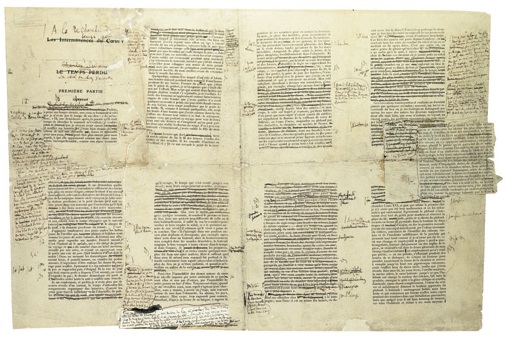The true cost of publishers’ automated production processes falls on authors

Publishers are under profit pressure. Like many such businesses, they have responded by merging, eliminating redundancies, automating processes, and offshoring to save labor costs.
Authors are creative. Most have no experience in publishing processes; even those who’ve written a book or two will be like be encountering some elements of the process for the first time. And lessons learned from one publisher don’t necessarily carry over to another; different publishers often use different processes in ways that confuse authors.
What happens when authors inexperienced with book production encounter rigid, automated, understaffed, offshored production processes?
Chaos.
What is book production?
Before I go on, let me define my terms. Book production is the process of turning a manuscript into a book. It starts with what is supposed to be a final text file (typically Microsoft Word) and ends with manufactured books and ebooks available at sites like Amazon and in bookstores.
Production includes these processes:
- Copy editing (finding grammatical, spelling, and other errors in the manuscript)
- Fact checking
- Creation of final graphics
- Page layout — turning the manuscript into a paginated file that can be printed
- Ebook formatting
- Proofreading (verifying that corrections were made properly and didn’t introduce any other errors)
- Cover design
- Cover or dust jacket production, including both artwork and marketing copy
- Manufacturing
- Registering copyright
- Appropriately listing the book and its description in various databases and websites
- Distribution (getting books into warehouses and to retailers)
As an author, you almost certainly don’t have much experience with this. Authors typically have lots of questions including:
- Who owns the copyright?
- Who is responsible for checking facts?
- What will the copy editor do?
- How do I respond to the copy editor?
- How should I respond to the page proofs (first laid out pages)?
- How are we dealing with graphics?
- How are we dealing with footnotes or endnotes?
- How does an index get created?
- What should I be looking for at each stage?
- Which sorts of issues are just normal parts of book production, and which are things I should be concerned about?
- How late can I make changes?
- If I disagree with changes recommended by the publisher, can I insist they do it my way?
- Can I review the ebook?
- Are we making an audiobook? Do I have some responsibility for that?
(Part III of my book Build a Better Business Book is a helpful resource to answer some of these questions.)
Automated processes put great pressures on production editors
The person responsible for working with the author during these stages is typically known as the production editor. The production editor is responsible for all communication with the author during the production process.
When publishers did most of this work in-house, production editors typically had solid, walk-down-the-hall type relationships with the people doing the production. But the push for automation has made this much harder. The copy editor may be an AI, or a person depending heavily on artificial intelligence. The production staff may be halfway around the world and a dozen time zones away. And the production editor is likely juggling ten or more books at once.
Meanwhile, the author is likely a creative, busy, well-compensated, overscheduled individual with their own team of helpers, who may have their own coordination problems and are likely unfamiliar with book production processes.
The more publishers attempt to automate and outsource things, the more challenging these communications issues become. The human in the loop is typically the production editor, but many of those individuals are maxed out, burned out, and like all people under pressure, capable of errors.
I have a unique perspective on this because I ran print production for a publisher earlier in my career. When I’m involved in a project as a ghostwriter or editor, some of these tasks often fall to me. I build the cost of my time into other parts of the project, since authors rarely recognize that they’ll need so much help at this stage. If you’re an author working with a ghostwriter or editor, you should determine if they’ll be helping with this, or if you’re on your own.
I wish I had a simple set of recommendations for authors on this topic, but it’s a challenge that is becoming worse and worse as publishers pursue efficiencies up to and beyond what’s reasonable in an ultimately creative endeavor.
All I can tell you is this: become as familiar as you can be with production processes, count on professionals that work for you to help, turn in manuscripts that are as complete and accurate as possible, and recognize that the production editor is your key point of contact. And budget time to manage your own book through production, because if it gets published with errors, you’ll get the blame, regardless of who’s actually at fault.